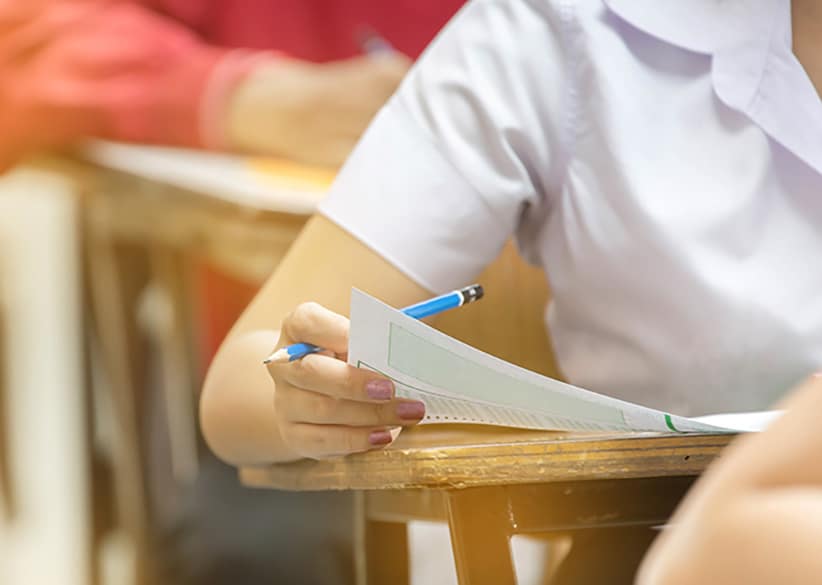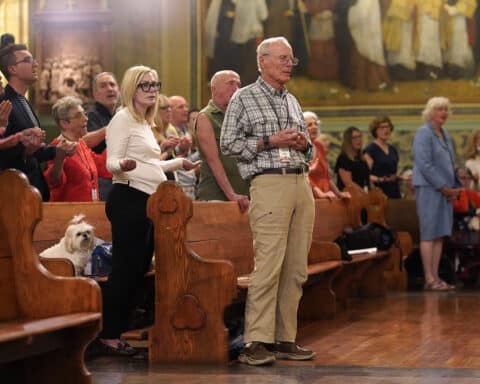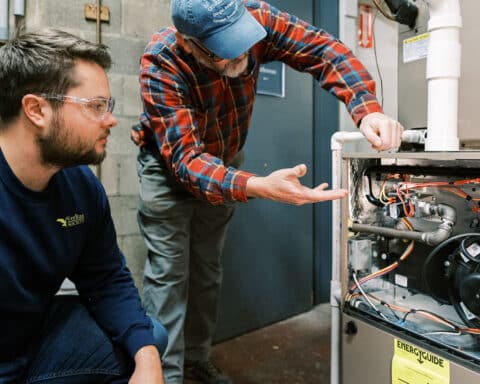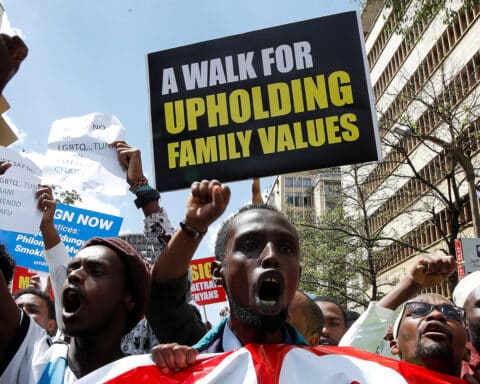In late June, the Archdiocese of Indianapolis announced that it will no longer recognize Brebeuf Preparatory Jesuit School as a Catholic school after it refused to dismiss a teacher who was openly living in a same-sex relationship. Days later, at the request of Indianapolis Archbishop Charles C. Thompson, Cathedral High School announced that it would no longer employ a teacher living in a same-sex relationship in order to preserve its Catholic identity and its relationship with the archdiocese, whose priests distribute the Church’s sacraments to the school community.
Critics claim that homosexuals are being singled out, but there is little data — or media coverage — to show how often, for example, teachers are let go for engaging in extramarital affairs or cohabiting before marriage. It is not discriminatory to ask those who willingly take on the task of forming young disciples to live in accordance with the Church. Whether they teach physical education or religion, Catholic school employees have signed up to be living witnesses of the Gospel and the values contained therein.
Catholic education in the United States is an institution that is older than the country itself. With this in mind, the question must be asked: Ultimately, what is the purpose of Catholic schools? Though they do it well, Catholic schools are not needed to teach reading, writing and arithmetic, as public education in this country is widely available to those who want their children to be taught in a setting that keeps God at arm’s length.
The main purpose of a Catholic school is to teach the Faith in order to give students a strong foundation upon which to build their discipleship to Christ. This should be non-negotiable, and it shouldn’t bend at the will of the culture within the school (be it parents or students) or outside of it. And while there are many Church teachings with which Catholics struggle, all are called to follow the Church, “which is [Christ’s] body, the fullness of the one who fills all things in every way” (Eph 1:23).
St. Ignatius of Loyola wrote of the importance of loyalty to the Church, saying, “To be right in everything, we ought always to hold that the white which I see is black, if the hierarchical Church so decides it.” He was writing to stem the tide of defections to Lutheranism during the height of the Reformation; 500 years later, we again are trying to plug the dam, and Catholic schools play a major role in forming Catholics who remain in the Church. According to the Center for Applied Research in the Apostolate at Georgetown University, “Attending Catholic high school for at least three years significantly reduces the likelihood that one disaffiliates from Catholicism, reducing both the likelihood that one converts to another faith and the likelihood that one chooses to have no religion at all.”
In a 1987 speech in New Orleans during his apostolic visit to the United States, Pope St. John Paul II said to Catholic educators: “Jesus shares with you his teaching ministry. Only in close communion with him can you respond adequately. … If you continue to be faithful to this ministry today, as you have been in the past, you will be doing much in shaping a peaceful, just and hope-filled world for the future.”
While it’s too early to say whether or not the cases in Indianapolis will wind up in court, other cases across the country are progressing through the system. And if society continues to muscle the Church out of the education business — as it largely already has in the adoption business and as it’s trying to do in the health care field, among others — it’s reasonable to ask: What will remain of the Church a generation from now?
OSV Editorial Board: Gretchen R. Crowe, Scott P. Richert, Scott Warden, York Young





